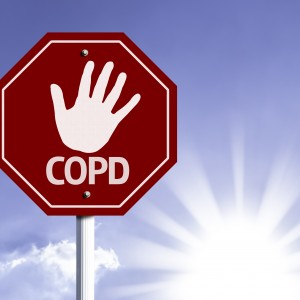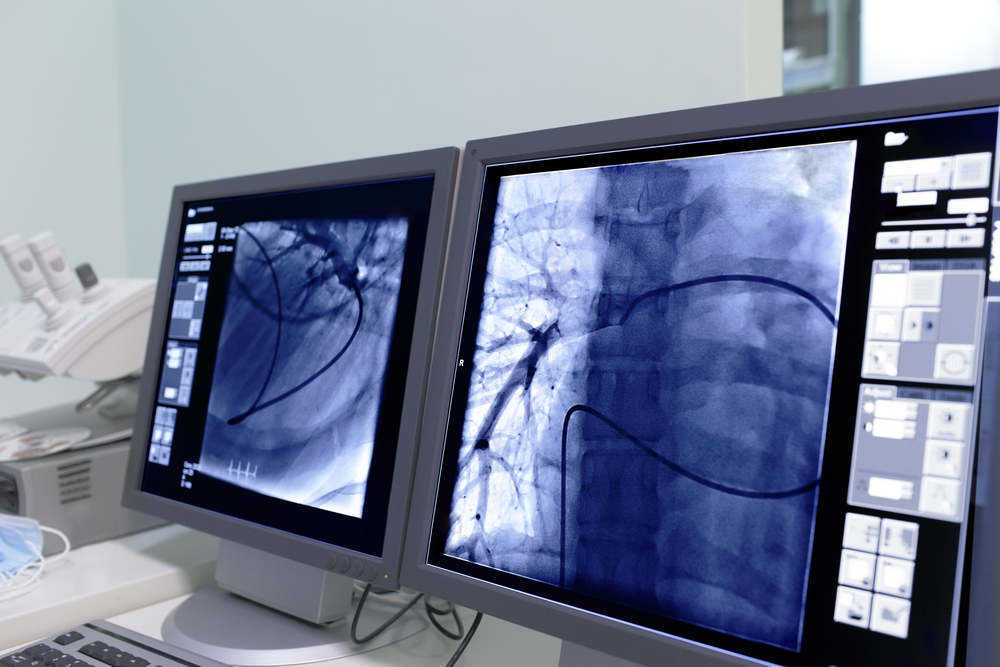 A majority of patients with COPD receive maintenance medications, but less than half receive guideline-recommended care, especially those with an exacerbation history. This is according to a new study published in the International Journal of Chronic Obstructive Pulmonary Disease.
A majority of patients with COPD receive maintenance medications, but less than half receive guideline-recommended care, especially those with an exacerbation history. This is according to a new study published in the International Journal of Chronic Obstructive Pulmonary Disease.
COPD is a progressive and symptomatic disease that causes shortness of breath, cough, and sputum production. Pharmacologic therapy is central to effective management of patients with COPD. Treatment with drugs is primarily indicated for symptomatic relief, for prevention and treatment of exacerbations, and for improving health status. The Global initiative for chronic Obstructive Lung Disease (GOLD) has developed guidelines for various aspects of COPD management including pharmacotherapy. These guidelines are updated regularly based on new evidence from clinical trials and observational research. However, there is a lack of studies that evaluate the patterns of pharmacology use relative to the GOLD guidelines.
To address this unmet issue, in their study titled “Treatment patterns of chronic obstructive pulmonary disease in employed adults in the United States” Gregory Diette from Johns Hopkins University, and co-workers from GlaxoSmithKline and Xcenda retrospectively analyzed health care claims from 2007 to 2008 in patients aged over 40 years that met the criteria from COPD according to the International Classification of Diseases, 9th Revision (Clinical Modification code 491.xx, 492.xx, 496.xx). Patients had at least one visit to an inpatient or emergency department or at least two outpatient claims coded with COPD.
[adrotate group=”3″]
A total of 55,361 patients took part in the study. From these, 39% were recently diagnosed with COPD. Results revealed that 74% of patients with COPD had some pharmacotherapy (maintenance or reliever). Less than half of COPD patients (45%) were being treated with maintenance medications. Results showed that inhaled corticosteroid in combination with a long-acting beta-agonist were the compounds more prescribed to patients for maintenance treatment followed by tiotropium. Nearly 23% of COPD patients had an acute exacerbation that required hospitalization or visit to an Emergency department. Short-term treatment with oral corticosteroid or antibiotics was greater for exacerbations requiring hospitalization vs. ED visits (68% vs. 44%). The type of short-term treatment did not differ by type of exacerbation.
Based on these findings, the research team suggested that many patients with COPD are under-treated and are not receiving maintenance medications. More research is necessary to understand the patterns of pharmacotherapy in relation to recommended disease guidelines.

